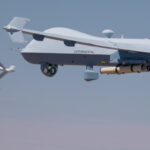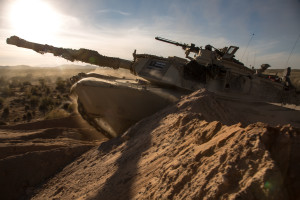
The House Armed Services Committee (HASC) on Wednesday approved a provision that would direct the Defense Department to study whether it should create a panel of stakeholders and experts to keep an eye on whether the defense industrial base (DIB) can meet wartime production requirements. The amendment was offered by Rep. Jim Banks (R-Ind.), a committee member, and was approved en bloc by unanimous consent with a host of other provisions as part of the chairman’s mark during the HASC…

 By
By 











